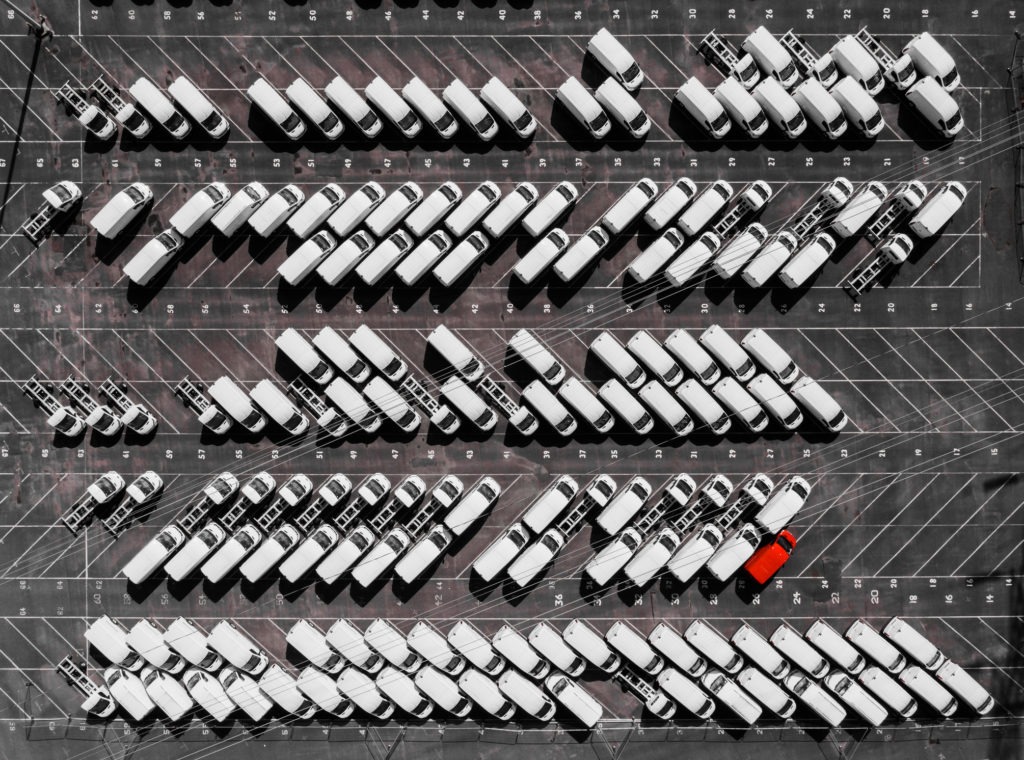Seven straight months of decline for UK LCV market
09 August 2022

Andy Picton, chief commercial vehicle editor at Glass’s (part of Autovista Group) analyses new and used light-commercial vehicle (LCV) developments in the UK.
In what has been a troubling year so far, the UK new light-commercial vehicle market recorded its seventh straight month of decline in July. Despite full order books for the year, component shortages continue to hamper deliveries of new stock. With registration levels remaining weak, the UK’s Society of Motor Manufacturers and Traders (SMMT) has downgraded its July registration forecast for the year from 328,000 to 307,000 units. This marks a decline of 6.5% on its outlook published in April. As a result, the market is likely to finish 13.7% down on 2021.
There were 18,772 new LCV registrations in July, down 20.7% on the 23,606 units registered 12 months ago. Of that total, battery-electric vehicles (BEVs) accounted for 765 units (up 21.2% on 2021) and represented 4.1% of all new vans registered during the month. Year-to-date (YTD) registrations of 163,106 units were 24.2% down on the same period in 2021. YTD BEV registrations stand at 8,865 units and make up 5.4% of the overall LCV market. This figure is up 55.7% on 2021.
For the fifth month in a row, all sectors recorded declines in registrations. Vans below 2.0 tonnes fell 20.3%, while vans between 2.0-2.5 tonnes gross vehicle weight (GVW) fell 49.8%. The 2.5-3.5 tonne sector – which made up nearly 79% of all vans registered in the month – dropped 11.2%.
In the LCV registration rankings Ford retains top spot, with the Transit Custom registering 2,737 units in July. The Ford Transit was second with 2,024 units, while the Ford Ranger finished in sixth position with 926 units. Volkswagen (VW) claimed third and eighth place with the Transporter and Crafter respectively, while a good month for Renault saw the Trafic land in fifth position. The Peugeot Expert, Citroën Dispatch, and Vauxhall Vivaro from Stellantis filled the seventh (626 units), ninth (543 units) and tenth (534 units) places respectively. The Mercedes-Benz Sprinter claimed the remaining top-10 position.
The shortage of components including semiconductors continues to hamper production, restricting supply and extending delivery times. At the same time, manufacturers are ramping up production of electric LCVs as the industry looks to meet its 2030 obligations in conjunction with tighter CO2 emissions targets.
Used vehicles slip but cost more
Sales of used stock at auction declined slightly in July. However, due to the lack of quality stock available, buyers had to pay more to take ownership with first-time conversions 3% higher than in June. The average age of those vehicles sold was a month older, but had at least 1,000 less miles on the clock.
Glass’s auction data show that the overall number of vehicles sold decreased by 1.88% versus June and was 14.2% lower than a year ago. The average sales price for the month increased by 1.4% and was only 0.3% lower than in July 2021.
The average age of vehicles sold during July increased by a month to 74.2 months, while the average mileage shrank for the second month in a row to 80,106 from 81,198 miles in June. The average mileage is nearly 4,200 miles higher than 12 months ago. First-time conversion rates for July rose for the fourth consecutive month, up from 71.4% in June to 74.8%.
Used vehicles observed for sale in the wholesale market over the last month rose by nearly 2.0% to almost 42,000 units. In the over £20,000 (€23,673) price range, there was next to no change, with these vehicles accounting for nearly 46.3% of all LCVs on sale. Just over 38% were on sale for between £20,000 and £10,000, 12.1% were on sale between £10,000 and £5,000, and just over 4.2% cost £5,000 or less.



